The Streak Continues: 317
The three great folks on the IPT– Deirdre Sheerr-Gross, Catherine Costolo, and Dr. Dennis Cassidy–all repeat clients, were joined for the day by three BIRDS AS ART newbies. At the end of the day, a gushingly happy, hugging, and smiling Laura Benassi thanked me for the three great sessions and told me that she had never ever learned so much in a single day. John McCartney and Sharon Young told me that they had been on numerous photo tours all over the world but that nobody had ever bothered to teach them about histograms, about autofocus, about creating sharp images, and about getting close to birds. Again, there was no time for meditation or for a swim or for ice baths but there is lots of great bird photography and learning going on. This blog post, the 317th in a row, took me about 2 1/2 hours to prepare. It was published just before 5:30am from my motel room in St. Petersburg Beach, FL.
To show your appreciation for my efforts here, we ask that you use our the B&H and Amazon affiliate links on the right side of the blog for all of your purchases. Please check the availability of all photographic accessories in the BIRDS AS ART Online Store, especially Gitzo tripods, Wimberley tripod heads, and the like. We sell only what I have used, have tested, and can depend on. We will not sell you junk. We know what you need to make creating great images easy and fun. And we are always glad to answer your gear questions via e-mail.
|
This image was created at 8:39:36am on the morning of 11 October, DAY 2 of the Fort DeSoto October IPT. I used the the hand held Canon EF 200-400mm f/4L IS USM lens with Internal 1.4x Extender (with the internal extender in place at 406mm) and a beta version of the Canon EOS 7D Mark II . ISO 400. Evaluative metering +2/3 stop off the light sky 30 degrees above the horizon: 1/2000 sec. at f/8 in Manual mode. Central sensor/AI Servo Surround/Shutter Button AF missed the bird completely and was active at the moment of exposure but resulted in a sharp image. Please don’t ask me how that works. |
Sandwich Tern Turning to Dive/Operator Error #1
The tern was flying toward us and then turning a bit to the east into the wind as they looked for the greenbacks below them. Here highly skilled Mr. Famous Bird Photographer completely mis-framed the image. Note: though none of the nine active sensors were anywhere near the bird the image is sharp on the eye.
|
This, the next frame in the sequence was also created at 8:39:36am on the morning of 11 October, DAY 2 of the Fort DeSoto October IPT. With the hand held Canon EF 200-400mm f/4L IS USM lens with Internal 1.4x Extender (with the internal extender in place at 406mm) and a beta version of the Canon EOS 7D Mark II . ISO 400. Evaluative metering +2/3 stop off the light sky 30 degrees above the horizon: 1/2000 sec. at f/8 in Manual mode. Central sensor/AI Servo Surround/Shutter Button AF on the base of the bird’s tail just below the undertail coverts was active at the moment of exposure. This image is sharp on the eye. |
Sandwich Tern Stalling a Bit Before the Dive/Operator Error #2
The tern stalled a bit in flight. This let me know that a dive was imminent. Though I had zoomed out a bit between the 1st and 2nd frames in the series, from 212 to 206mm I was still tight enough to clip the the primary tips top and bottom…. Wouldn’t a vertical have been nice? Here highly skilled Mr. Famous Bird Photographer mis-framed the image: the bird is far too centered.
|
Frame 3 in the series: created at 8:39:37am on the morning of 11 October, DAY 2 of the Fort DeSoto October IPT. Also and of course with the hand held Canon EF 200-400mm f/4L IS USM lens with Internal 1.4x Extender (with the internal extender in place at 412mm) and a beta version of the Canon EOS 7D Mark II . ISO 400. Evaluative metering +2/3 stop off the light sky 30 degrees above the horizon: 1/2000 sec. at f/8 in Manual mode. Central sensor/AI Servo Surround/Shutter Button AF; again all nine active sensors missed the bird completely but were active at the moment of exposure. Again, the resulting image was sharp. Again, please don’t ask me how that works. |
Sandwich Tern Diving/Operator Error #3
Even though I knew the dive was coming I was not quick enough. Here again highly skilled Mr. Famous Bird Photographer completely mis-framed the image. Amazingly, the AF system of the new EOS-7D Mark II continued to track the bird perfectly in flight.
|
This is the last frame in the sequence: 8:39:37am. With the hand held Canon EF 200-400mm f/4L IS USM lens with Internal 1.4x Extender (with the internal extender in place at 406mm) and a beta version of the Canon EOS 7D Mark II . ISO 400. Evaluative metering +2/3 stop off the light sky 30 degrees above the horizon: 1/2000 sec. at f/8 in Manual mode. Central sensor/AI Servo Surround/Shutter Button AF on the trailing edge of the bird’s left was active at the moment of exposure. This image is exceedingly sharp. |
Sandwich Tern Diving/Determination Pays Off!
Once he bird started to dive I frantically jerked the camera down in an effort to center it in the frame. I must assume that my rapid downward panning allowed me to catch up with the bird and amazingly, the 7D II AF system continued to track the subject despite my worst efforts :).
When I saw the lovely diagonal lines when reviewing the images on the back of the camera I just could not wait till I got home and did something that I rarely do in the field: I zoomed into 100% to check for sharpness. Then I started jumping up and down for joy and began showing the image off to the group. Subdued I am not.
Most everything in flight that I shot that morning was sharp on the bird’s eye. And I did get probably another five or six very excellent flight images. Nothing however came close to this one. Image next is the optimized image.
|
This is the optimized image that was created from the 4th frame of the sequence. |
The Image Optimization
The RAW file was of course converted in DPP v3.14.41.0.
Though this image would work very well pretty much right out of camera, I wanted to move the bird a bit up and back in the frame. I used techniques from APATATS II to do that in less than a minute. The group was amazed. Then I selected the bird very carefully with the Quick Selection Tool, saved the selection, ran Select Refine Mask, applied a layer of NIK Color EFEX Pro Detail Extractor, reduced the opacity to about 25%, and painted some of the effect away with a Regular Layer Mask. After merging that layer I loaded the saved selection, hit Alt + Ctrl + I to Select Inverse, thus selecting only the sky. I put the sky on its own layer and pulled down the curve (Ctrl + M) to darken the sky just a bit. Then I selected the cap and the bill, again with the Quick Selection Tool, and sharpened that layer only with a Contrast Mask.
I saved the master file as a TIFF and then created my 1200 pixel wide JPEG. All that during a great working lunch with the group at the Sea Porch Cafe. All lunches are included in the cost of an IPT. All meals are included in the cost of the UK Puffins and Gannets IPT. (See more on this IPT below.)
The DPP RAW Conversion Guide
To learn why I use Canon’s Digital Photo Professional (DPP) to convert every image that I work on, click here. The current guide will teach you how to best convert all of your Canon images in all 3 point something versions of Canon Digital Photo Professional including the current v.3.14.41.0.
Coming soon: The DPP 4.0 RAW Conversion Guide by Arash Hazeghi and Arthur Morris. The more that I use DPP 4.0 for my 1D X and 5D III RAW conversions the more I learn about it. And the more I learn about it the more I am impressed with it. Note: at present, DPP 4.0 will work only with 1D X, 5D III, and 6D images. Scroll down for the latest DPP/7D Mark II info.
Digital Basics
Everything that I did to optimize today’s image is covered in detail in my Digital Basics File–written in my easy-to-follow, easy-to-understand style. Are you tired of making your images look worse in Photoshop? Digital Basics File is an instructional PDF that is sent via e-mail. It includes my complete digital workflow, dozens of great Photoshop tips (including Surface Blur settings), details on using all of my image clean-up tools, the use of Contrast Masks, several different ways of expanding and filling in canvas, all of my time-saving Keyboard Shortcuts, Quick Masking, Layer Masking, and NIK Color Efex Pro basics, Digital Eye Doctor, Tim Grey Dodge and Burn, how to create time-saving actions, and tons more.
APTATS I & II
Learn the details of advanced Quick Masking techniques in APTATS I. Learn Advanced Layer Masking Techniques in APTATS II. Mention this blog post and apply a $5 discount to either with phone orders only. Buy both APTATS I and APTATS II and we will be glad to apply at $15 discount with phone orders only. Please call Jim or Jennifer at 863-692-0906 weekdays to order.


|
Images and card design copyright 2014: Arthur Morris/BIRDS AS ART. Click on the card to enjoy a spectacular larger version. |
The 2015 UK Puffins and Gannets IPT
June 29 through July 5, 2015: $5499: Limit 10 photographers/Openings 3. Two great leaders: Denise Ippolito and Arthur Morris.
Here are the plans for next year: take a red eye from the east coast of the US on 28 June arriving in Edinburgh, Scotland on the morning of Monday 29 June (or simply meet us then either at the Edinburgh Airport (EDI) or later in the day at our cottages if you are driving your own vehicle either from the UK or from somewhere in Europe. Stay 7 nights in two gorgeous modern country cottages.
There are 5 days of planned puffin/seabird trips—weather permitting, and 1 full day of gannet photography with 2 sessions on the boat.
|
Images and card design copyright 2014: Arthur Morris/BIRDS AS ART. Click on the card to enjoy a spectacular larger version. |
The Details
All breakfasts, lunches and dinners are included. All 5 puffins boat lunches will need to be prepared in advance, taken with, and consumed at your leisure. I usually eat mine on the short boat trip from one island to the other. Also included is a restaurant lunch on the gannet boat day and a farewell fine dining thank you dinner. The cost of your National Heritage Trust is also included; that covers the twice a day landing fees.
Plan to fly home on the early morning of Monday 6 July or to continue your stay or travels.
We are planning this as double-occupancy only but we should be able to arrange for singles by renting a 3rd cottage. We would need to know well in advance, i.e., soon, and it would be pricey and would need to be paid with your non-refundable deposit of $2,000. The shared rooms are decent-sized, each with two roomy single beds and a private bathroom. There are two king rooms available for couples. The upscale country-side cottages are beyond lovely with large living areas and lots of open space for image sharing and Photoshop lessons.
|
Images and card design copyright 2014: Arthur Morris/BIRDS AS ART. Click on the card to enjoy a spectacular larger version. Scroll down to join us in the UK in 2015. |
Single Supplement Info
The single supplement is $1475. As we will be renting a third cottage the $1475 is due with your deposit and is also non-refundable.
If you are good to go please send your $2,000 deposit check now to save a spot. We do expect this workshop to sell out very quickly as we have already sold 2 slots even though the trip has not yet been formally announced till right now. Not to mention that everyone loves puffins. Please make your check out to “Arthur Morris” and send it to Arthur Morris/BIRDS AS ART, PO Box 7245, Indian Lake Estates, FL, 33855.
We do hope that you can join us.
Be sure to like and follow BAA on Facebook by clicking on the logo link upper right. Tanks a stack!
Support the BAA Blog. Support the BAA Bulletins: Shop B&H here!
We want and need to keep providing you with the latest free information, photography and Photoshop lessons, and all manner of related information. Show your appreciation by making your purchases immediately after clicking on any of our B&H or Amazon Affiliate links in this blog post. Remember, B&H ain’t just photography!
Amazon.com
Those who prefer to support BAA by shopping with Amazon may use this link:
Amazon Canada
Many kind folks from north of the border, ay, have e-mailed stating that they would love to help us out by using one of our affiliate links but that living in Canada and doing so presents numerous problems. Now, they can help us out by using our Amazon Canada affiliate link by starting their searches by clicking here. Many thanks to those who have written.
Typos
In all blog posts and Bulletins, feel free to e-mail or to leave a comment regarding any typos, wrong words, misspellings, omissions, or grammatical errors. Just be right. 🙂

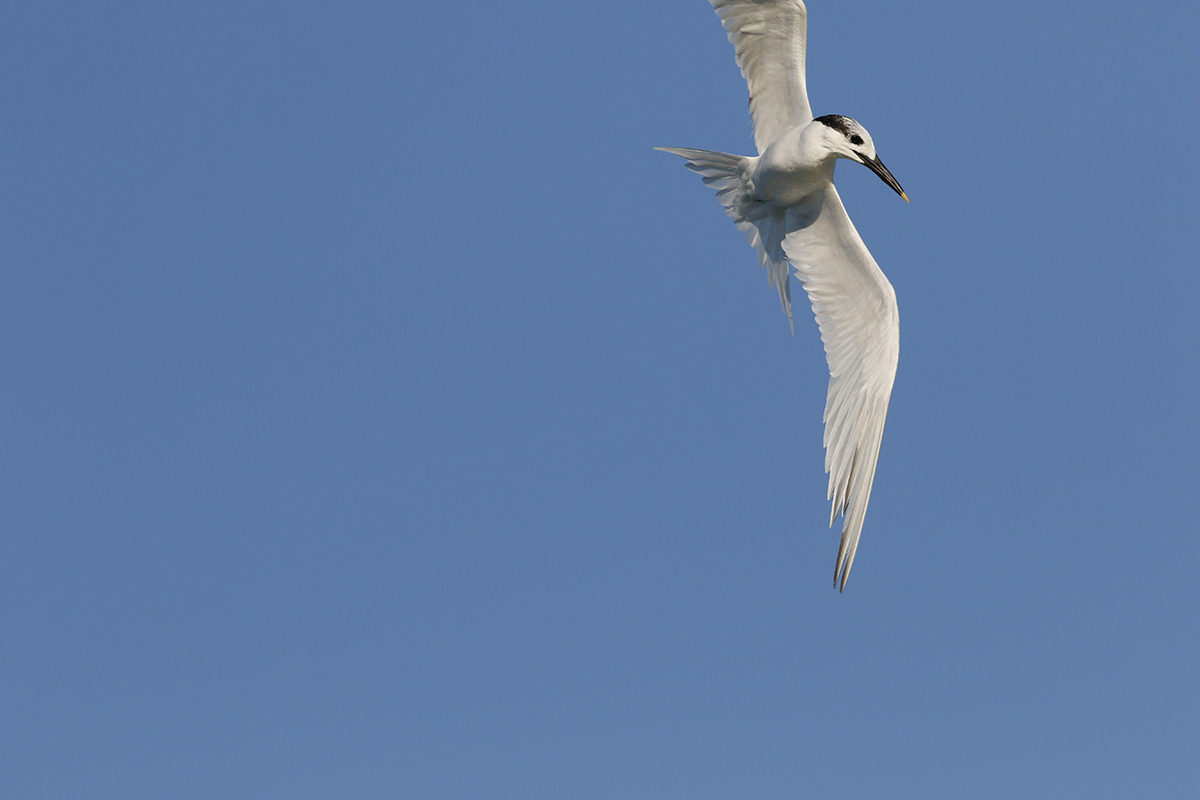
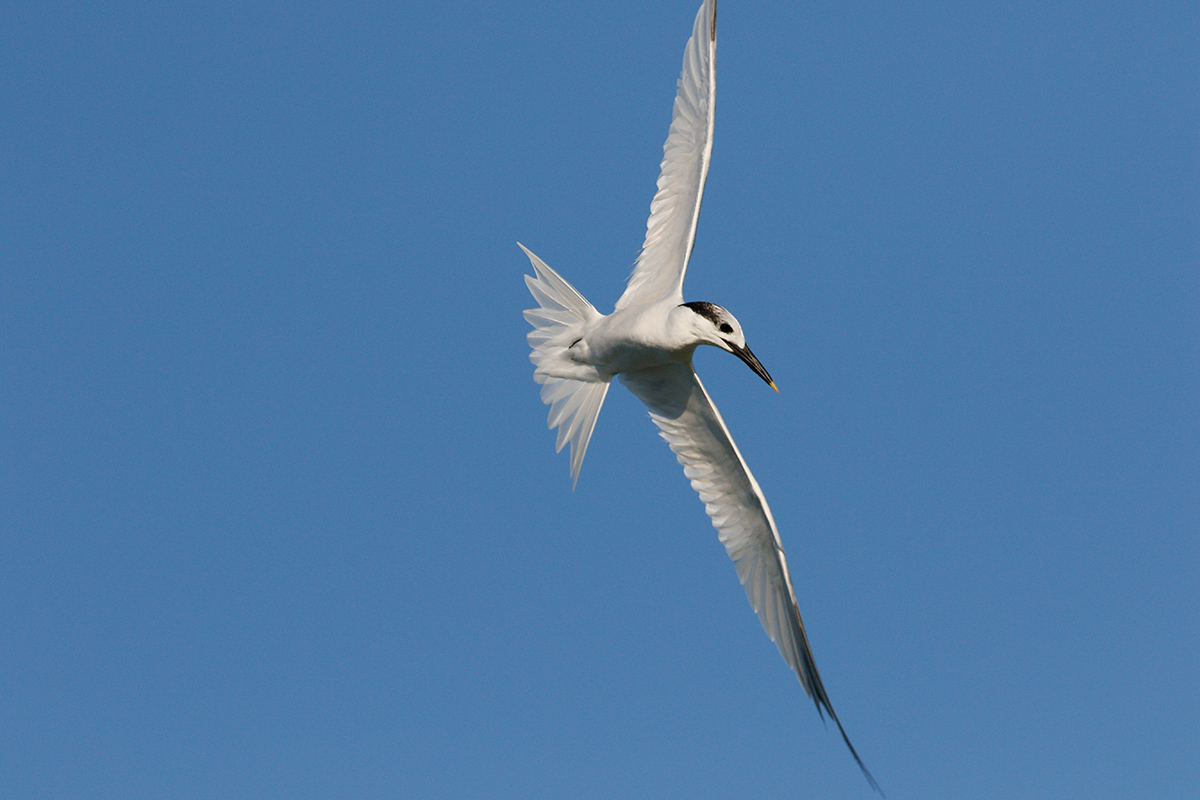
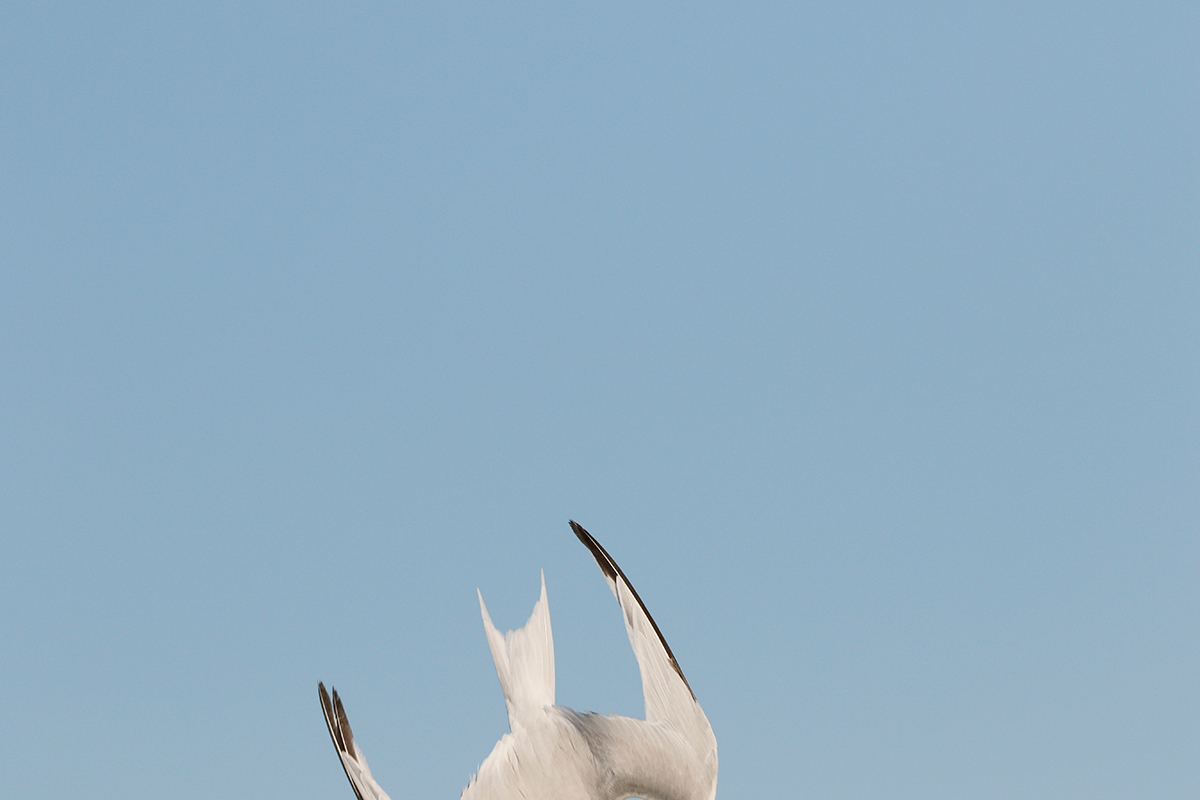
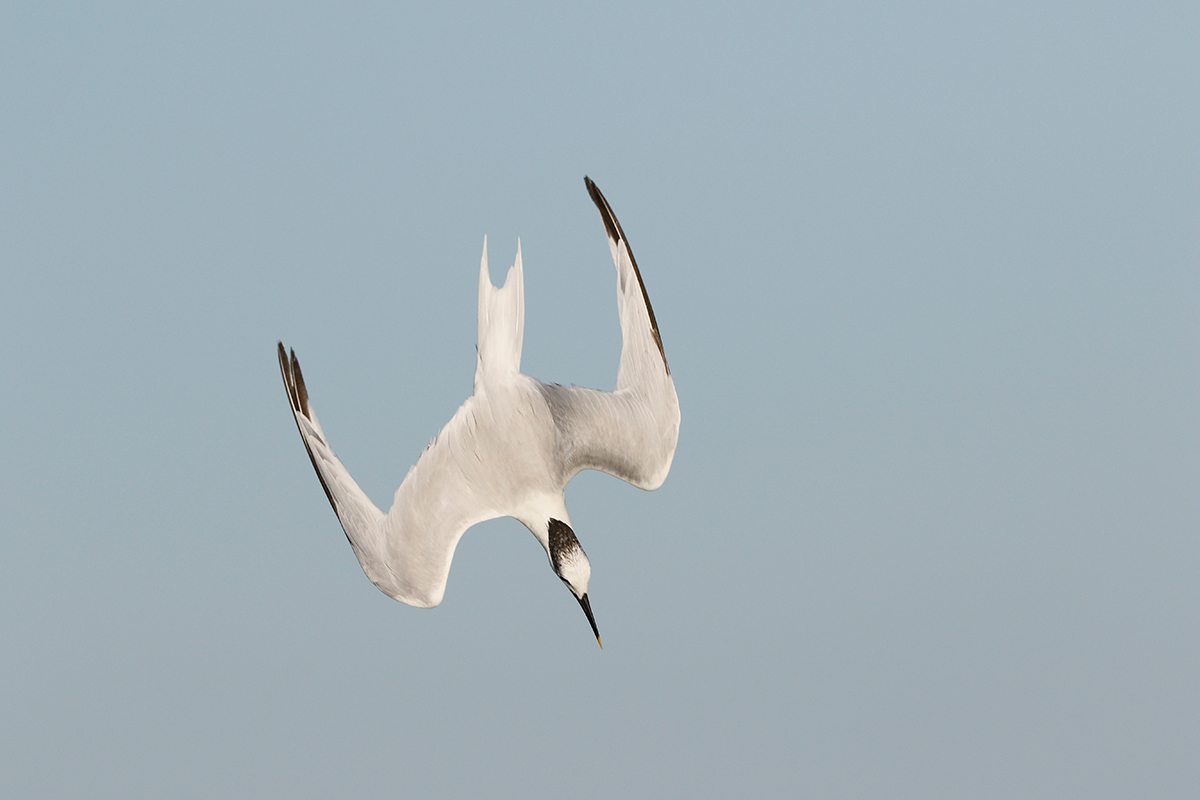
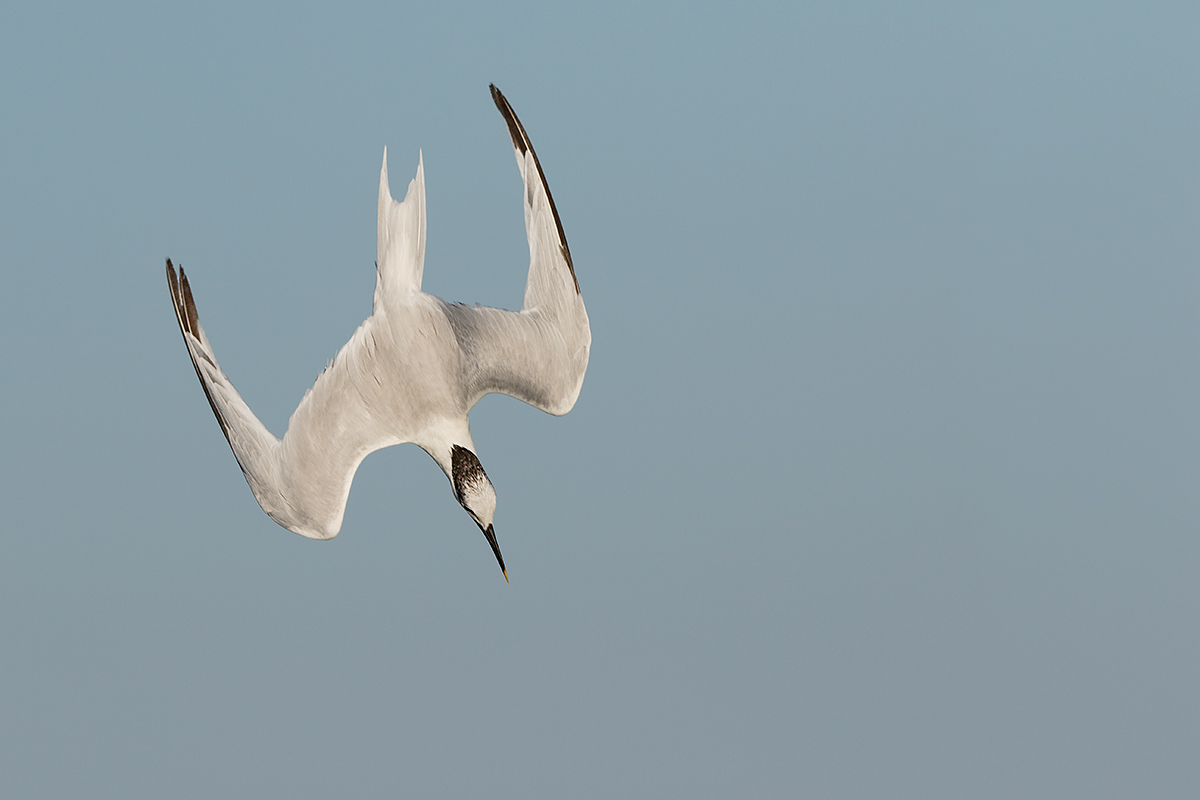
















Thanks, Artie. I have reasonably often had good sharp in-focus images of flying birds when the active sensor on my 7D wasn’t on the bird. But I’ve also had a few bad ones where the active sensor was on the bird. Image 4 is lovely indeed. I spent a lot of time this spring trying to get such shots of least terns. Maybe the 7D2 will help me get some keepers.
When the sensor is on the subject and the images is out of focus you need to look in the mirror :).
a
Wow,I’m impressed!
Yes, thanks for giving us some insight on the 7d2. One question on the cameras histogram. On the 7d the cameras histogram edges are not very well defined which makes it hard to see how close you come to the edge of the box. Did they solve that in the 7dii ? Thanks again Artie for taking the time to do the 7d II research.
YAW Craig. The 7D II has a nice black frame around it that makes it easy to read :).
artie
You seem more enamored with the 7D2 than the 1Dx or is this just the bliss of new love?
I like the light weight. I live the 1.6 crop factor. I like the price. I love the image quality. The 7D II handles high ISO noise very nicely. What’s not to like? Am I selling my two 1D X bodies? Perhaps.
Do note that I have only been using the 7D II for about a week. There is still lots to learn about it. I used it exclusively on the DeSoto IPT as I will soon be asked to return the one that I have now :). And, I’d love for as many folks as possible to use my affiliate link for their 7D IIs….. 🙂
Awesome review so far Art thanks for taking the time to put this all together. Ever since this camera has be announced all people asked about was noise and I don’t see where that has been an issue in any of your images.
With the same focus case settings available did you go a head and tweak case 3 tracking sensitive etc or just leave it as it came? I’m really hoping the 7D reacts the same and I can set it up just like my 5DIII that will make it so nice going back and forth between both bodies.
Yes, one of the first things that I did was set up my custom Case 3…. I think that you meant 7D II :). artie